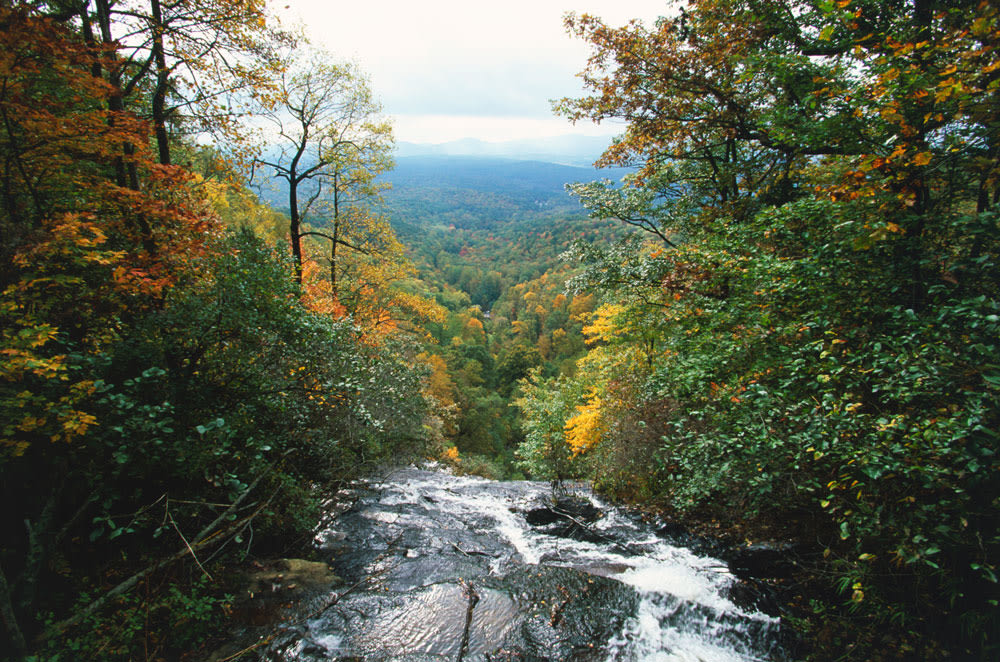Top 10 national parks on the East Coast
Get outdoors this spring
When it comes to national parks, you could be forgiven for thinking that all the action in the USA is out west. This is where you’ll find the big hitters –Yosemite, Yellowstone, the Grand Canyon – as well as a proliferation of smaller parks with big reputations such as Joshua Tree, Redwood and Arches.
But what about the East Coast? There's lots to shout about here, too. In the eastern states you’ll find plenty of parks, not to mention monuments, trails and seashores, each one with a unique beauty and character. Here, Helen Ochyra picks 10 of the best.
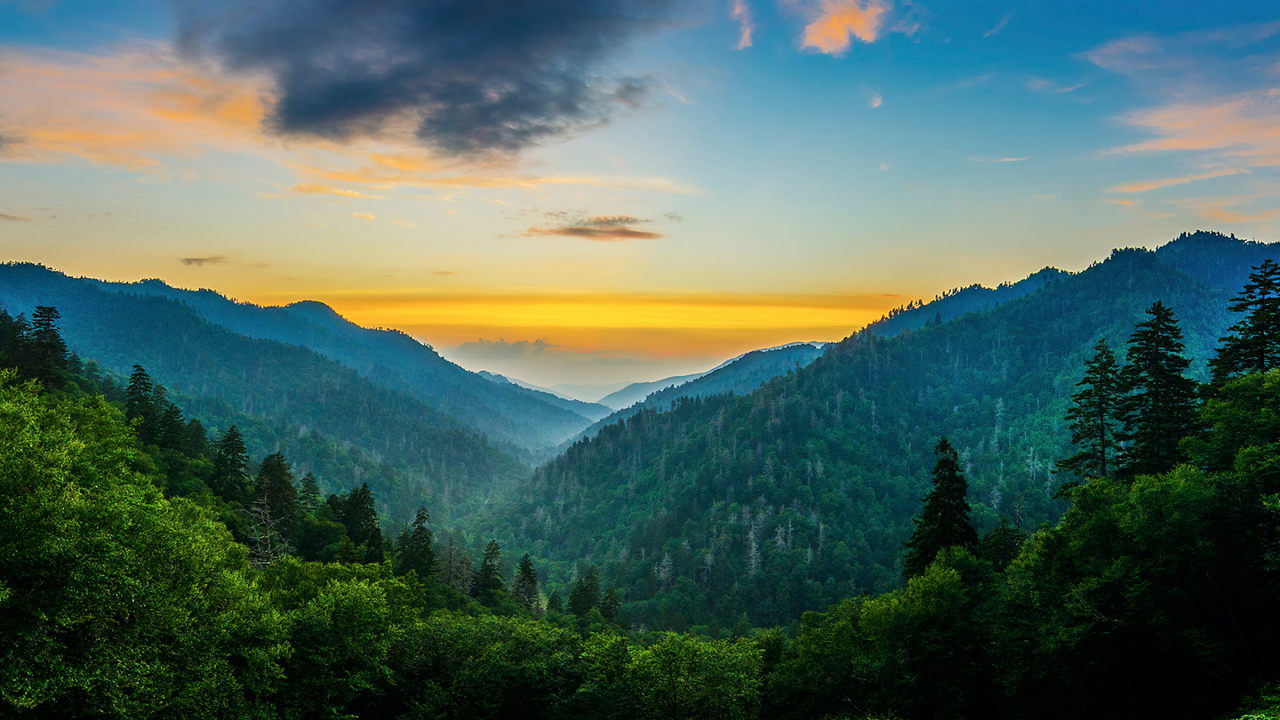
Acadia National Park
Best for: coastal highs
Maine’s only national park was the first one in the east and it remains one of the most dramatic. Here you can hike up Cadillac Mountain, the Atlantic coast’s highest point, for sunrise, kayak with the seals and bald eagles, and head out whale-watching from the main town of Bar Harbor.
The easiest way to explore is to drive or cycle the 27-mile (43-km) Park Loop Road, which has numerous scenic stop-off points, including Otter Cliff, a dramatic 110-ft (34-m) high precipice, and one of the tallest headlands north of Rio.

Congaree National Park
Best for: easy walking and wildlife spotting
This 22,000-acre (8,903 ha) ancient forest in South Carolina is the largest area of old growth bottomland hardwood forest remaining in the southeastern United States – and that means plenty of bald cypress trees and Spanish moss.
The whole area floods around a dozen times each year and there is plenty of waterborne wildlife to spot here, from river otters to alligators. On land you’ll see bobcats, deer, and an abundance of birdlife (listen out for woodpeckers).
The Weston Lake Loop Trail at 4 miles (7 km) is the best overall introduction, while birders will love the Kingsnake Trail, which stretches for almost 12 miles (19 km) and is more remote.
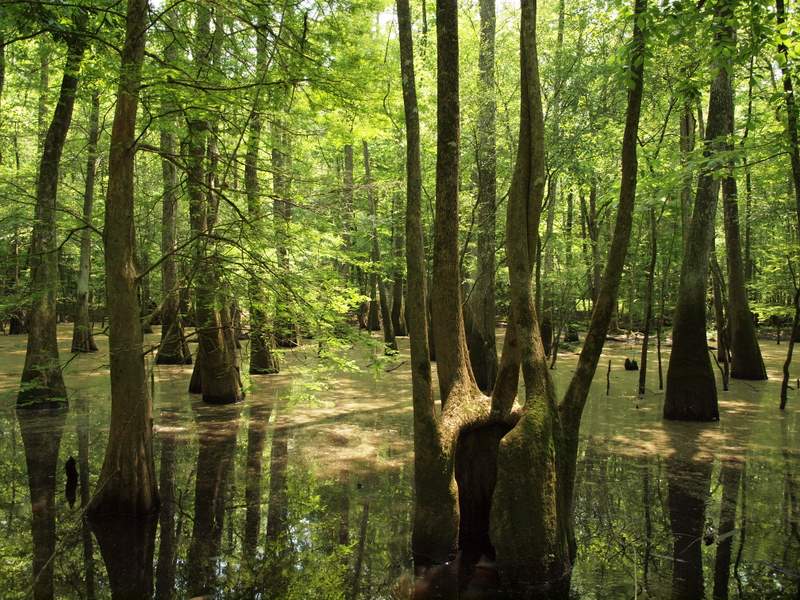
Biscayne National Park
Best for: underwater exploration
Biscayne National Park is mostly underwater and visiting this park is all about getting your feet – and probably your face – wet.
Miami is just to the north and there are easy boat trips from the city into the park’s northern stretches, but far more rewarding is a ranger-led canoe trip through the mangroves, where you might even spot a manatee.
Even better is a snorkelling or diving trip into the world’s third longest coral reef. You’ll see turtles, sharks, jellyfish, and rays, as well as hundreds of species of colourful fish.
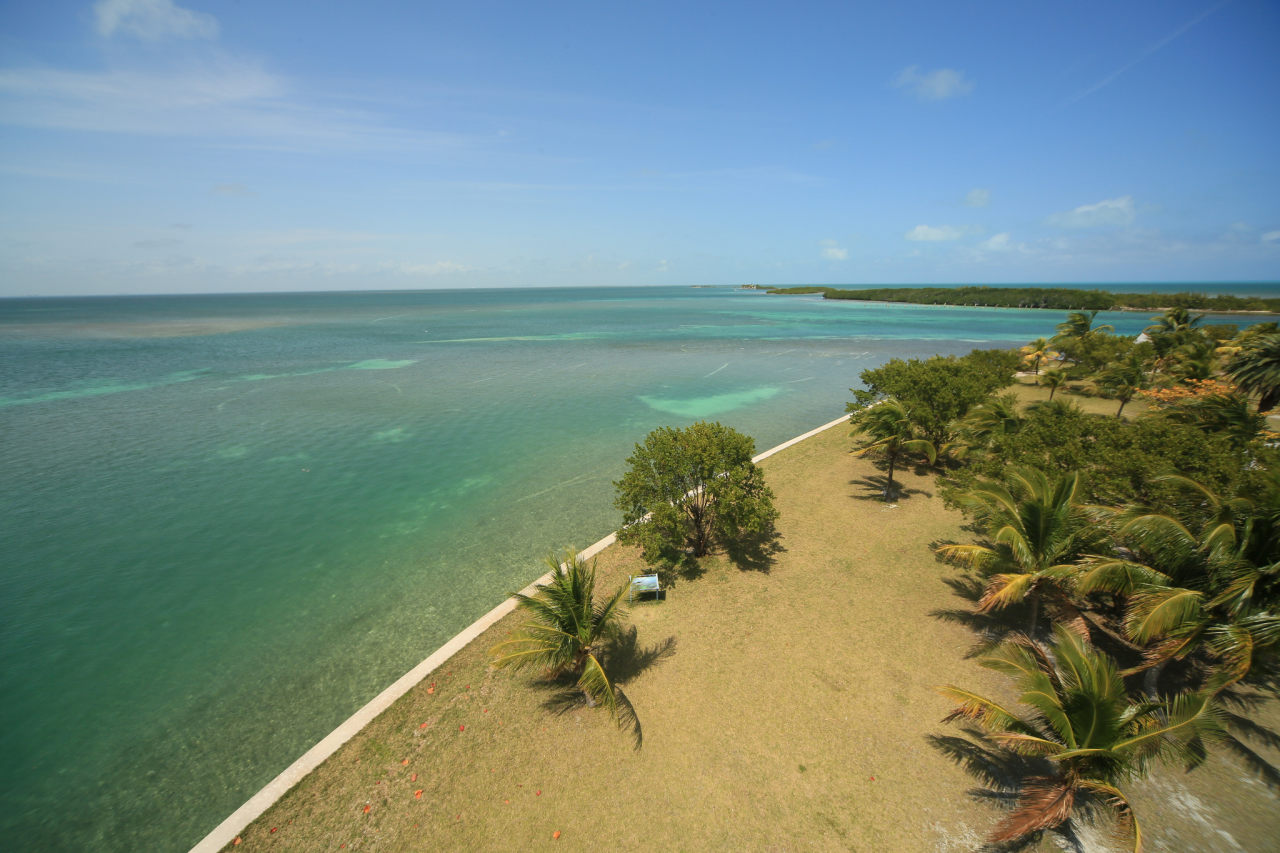
Everglades National Park
Best for: boat trips
The Everglades National Park protects an incredible 1.5 million acres (600,000 ha) of pristine Floridian wetland – the largest subtropical wilderness in the country.
The only way to see this horizon-stretching reserve of mangroves and sawgrass is on a boat trip. Zipping along narrow channels between high walls of waving grass in search of alligators is an experience you’ll never forget – especially if you’re lucky enough to spot a manatee.
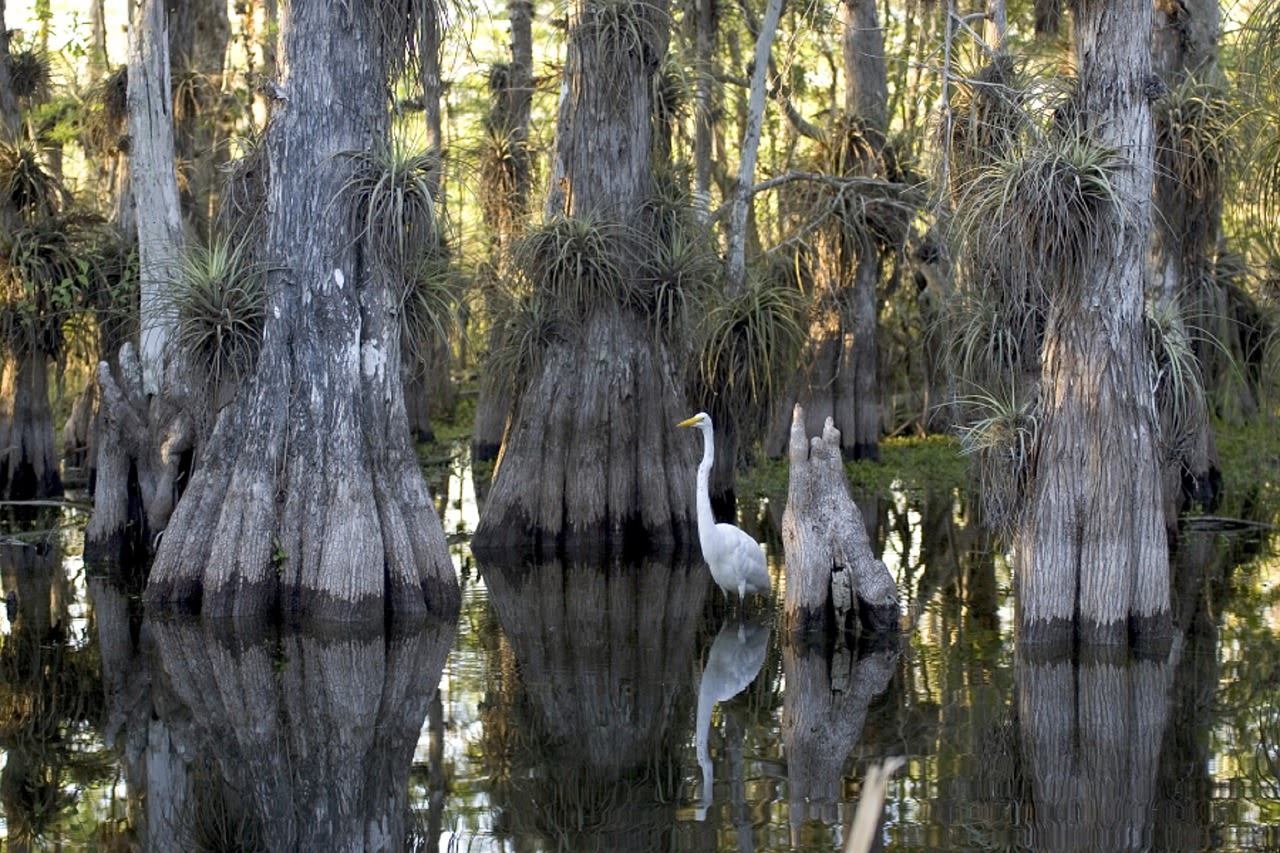
Great Smoky Mountains National Park
Best for: a forest getaway
"The Smokies" attract more than twice as many visitors as any other US national park – but that doesn’t mean you can’t escape them. Avoid the bumper-to-bumper scenic highway and head instead into the park on one of the numerous walking trails – you’ll find few people will follow.
These mountains are among the oldest on earth and harbor one of the world’s best examples of deciduous forest, more than 100 species of native trees and such diversity of wildlife (even black bears) that the park has been designated an international biosphere reserve.
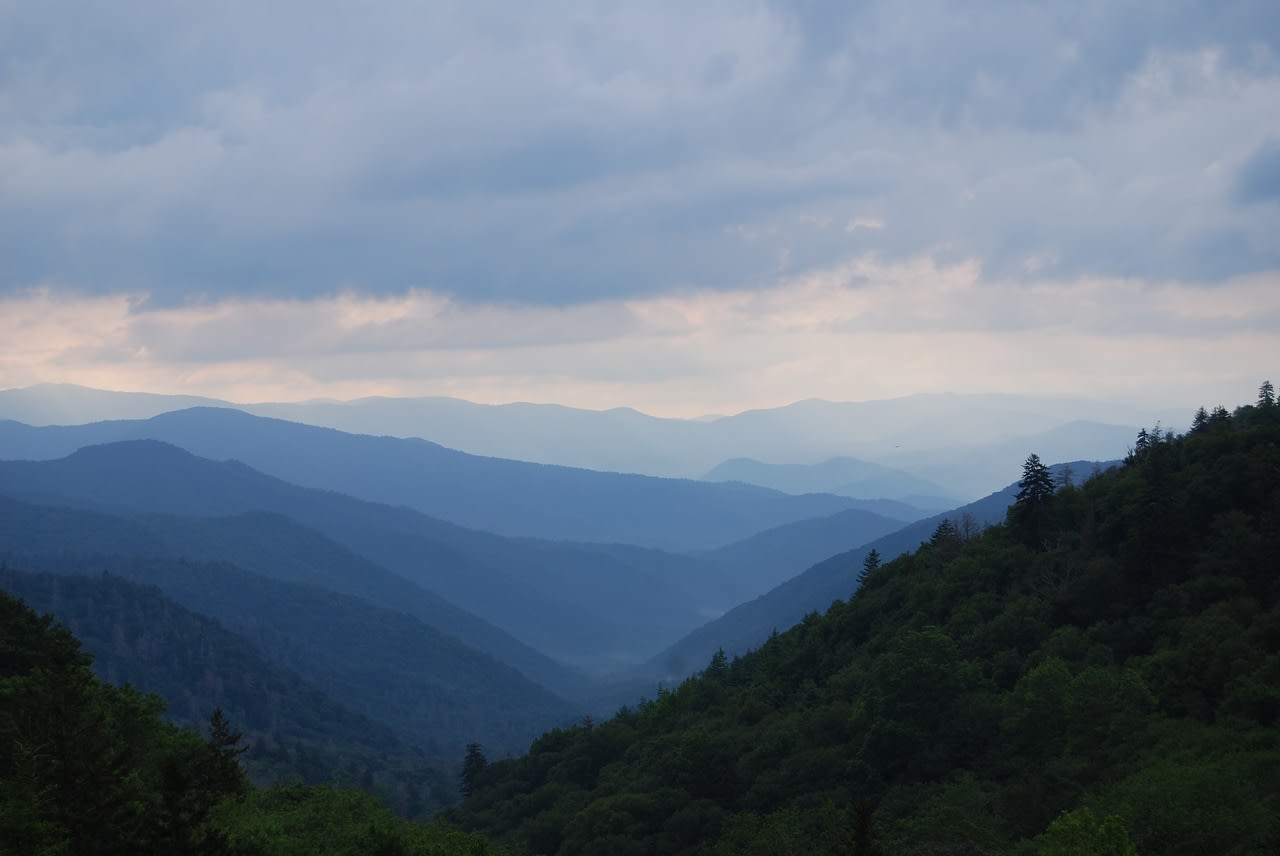
Shenandoah National Park
Best for: scenic drives
Nature was left to reclaim this forested area just outside Washington, DC during the Depression, and it’s done a sterling job. Quiet wooded hollows lead on to tumbling waterfalls and more than 500 miles (800 km) of hiking trails lead to scenic outlooks over rocky ravines.
Don’t fancy hiking? Take Skyline Drive, a 105-mile (169-km) scenic byway that meanders along the crest of the Blue Ridge Mountains, taking about three hours to travel (at a limit of 35mph) south through the park. Roll down the windows and be sure to get out at a least a handful of the 75 overlooks for gorgeous views of the Shenandoah Valley.
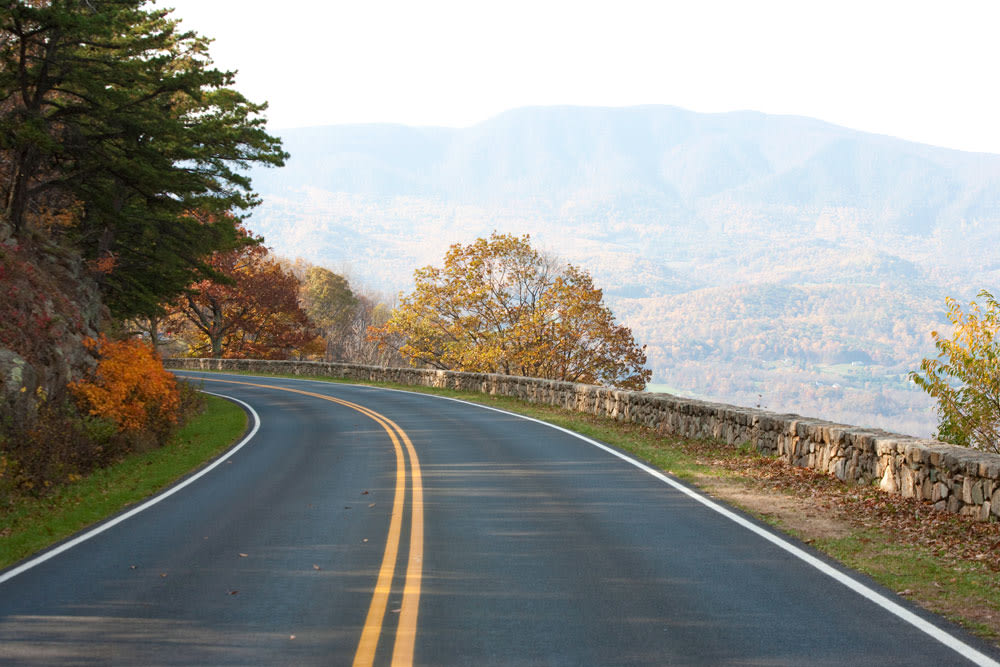
Mammoth Cave National Park
Best for: going underground
We know that the above ground area of this national park is some 80 sq miles (129 sq km) – we have no idea how big the underground area is. That’s because we’re still exploring it: this limestone labyrinth is the world’s longest known cave system, at at least 365 miles (587 km) in length.
About 10 miles (16 km) of caves are open for tours and you can sign up in advance for a wide variety of excursions, from the easy 1hr 15min tour at Frozen Niagara cave to the challenging 6-hour Wild Cave tour, which involves plenty of time on your belly.
Whichever tour you choose you’re sure to experience absolute darkness – a truly arresting (non) sight.

Cape Cod National Seashore
Best for: beaches
JFK created Cape Cod National Seashore, which protects some 40 miles (64 km) of pristine sandy beaches along the Atlantic coast of Cape Cod, Massachusetts.
There’s swimming from those beaches of course (Coast Guard and Nauset Light beaches are two top picks) but you’ll also find historic lighthouses, wild cranberry bogs and windswept sand dunes – not to mention the chance to, as Henry David Thoreau said, “stand there and put all America behind” you.
One of the best ways to explore is by bike and there are three bike trails that run along the seashore.
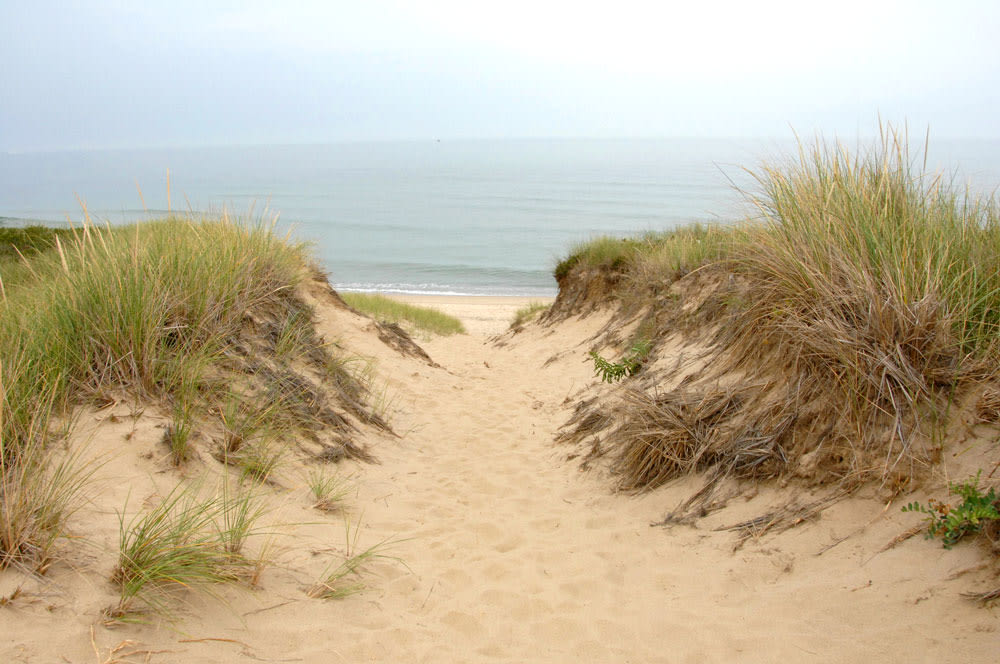
Statue of Liberty National Monument
Best for: feeling patriotic
National Park Service sites come in all shapes and sizes – including a lady standing at 300 ft (91 m) tall. The Statue of Liberty National Monument sits on Liberty Island just off Manhattan and is the city’s, if not the country’s, icon.
Statue Cruises operate the ferries across to the island from Manhattan and New Jersey and can also sell tickets to the Pedestal of the statue and access to the Crown. It’s well worth paying the additional $21 to get inside the Crown and peer out over the water to the Manhattan skyline.
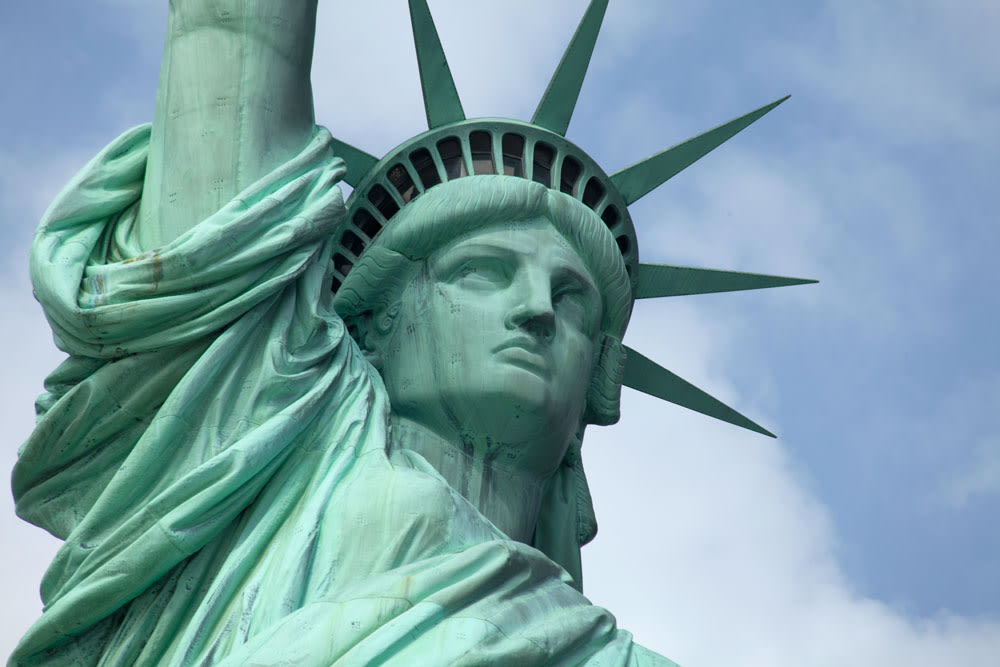
Appalachian National Scenic Trail
Best for: a long hike
Ok, so this isn't exactly just one park, but there are few better hikes on the planet than this 2,190-mile (3524-km) trail through the Appalachian Mountains, and 14 states, from Maine to Georgia.
Tackling the whole thing takes months – and months of planning – but there are plenty of day-long ambles and multi-day hikes to get you out there.
In New York State climb Anthony’s Nose for a half-day scenic hike with views of the distant NYC skyline, or in Virginia tackle the 14-mile (23-km) overnight Mau-Har Loop which rewards the tough climbs you’ll undertake with 40-ft (12-m) waterfalls and blissful swimming holes.
